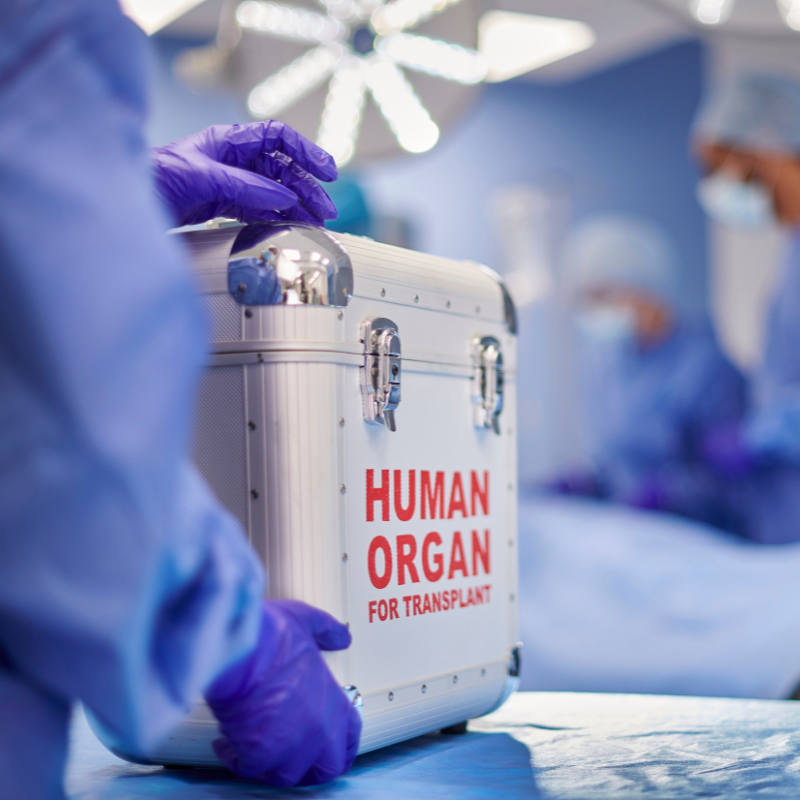How is ADPKD diagnosed?
Currently, there are three main tests that are used to screen for ADPKD:
- Ultrasound
- Computed tomography (CT)
- Magnetic resonance imaging (MRI)
Ultrasound is the most common and least costly screening method for PKD. There are accepted standards for ultrasound testing to determine if you have PKD. These standards include the number of cysts visible, age, and family history.
CT and MRI scans are considered to be more sensitive than ultrasound. CT scans, however, involve radiation or may also require iodinated contrast dye which, can be toxic to the kidneys. CT scans or MRIs may be used to look at complications like bleeding into a cyst or a suspected kidney stone. They may also be used detect small cysts as needed.
DNA testing
DNA testing is available for PKD. There are two types of DNA tests: Gene linkage testing and direct mutation analysis/DNA sequencing. Gene linkage can determine if you have PKD with a 99 percent probability in those with family history. Linkage testing is not a direct analysis of the DNA sequence of the PKD1 and PKD2 genes. Instead, it relies on the identification of certain “markers” in the DNA of several members of a family in which PKD has been diagnosed. For linkage analysis, blood samples must be obtained from the person being tested as well as several (typically three or more) family members including those affected and unaffected by PKD. A detailed family history is also required. The results are typically reported to all family members that provided blood samples for the analysis.
In contrast, direct DNA sequencing requires only a single sample from you (the person being tested). This method is a direct analysis of the DNA sequences of the PKD1 and PKD2 genes. It is private, and the results are only reported to you and your doctor.
Using very specialized scientific equipment, each of the nearly 17,000 “bases” of DNA are analyzed and the entire sequence is thus determined.
This method is capable of identifying those changes in the sequence that cause PKD. It may be your only option if family members are unavailable or unwilling to participate in a linkage study. Each of these methods could be costly and should not be done without consideration of the pros and cons.
Health, life and disability insurance coverage vary between countries and may influence your decision to have genetic testing. In the United States, the Affordable Care Act has guaranteed health insurance for all regardless of any preexisting conditions. This does not guarantee life or disability coverage.
A diagnosis of PKD should be carefully considered and discussed with your doctor.
Should I be tested?
It is an important and impactful decision. Things to consider before being tested include:
- What will I do with the information once I have it?
- Will it prevent me from obtaining medical or life insurance?
- Am I better off knowing or not knowing?
- Can I financially afford the test?
Some people choose to remain undiagnosed but live a healthy lifestyle, eating well and monitoring their own blood pressure. They see the doctor often to monitor kidney function. If or when they have symptoms, they can revisit the decision to be tested. Our understanding of PKD is progressing every year. Early diagnosis may benefit from early therapies and could also mean you are eligible to participate in clinical studies.
All these factors and more must be considered before making a decision.
Additional Resources
- Dialysis 101
- Managing nutrition as dietary needs change from pre-dialysis to post transplant

Get the latest information on treating PKD.
Resource Articles
ARPKD, PKD in children
Page last reviewed June 2021







